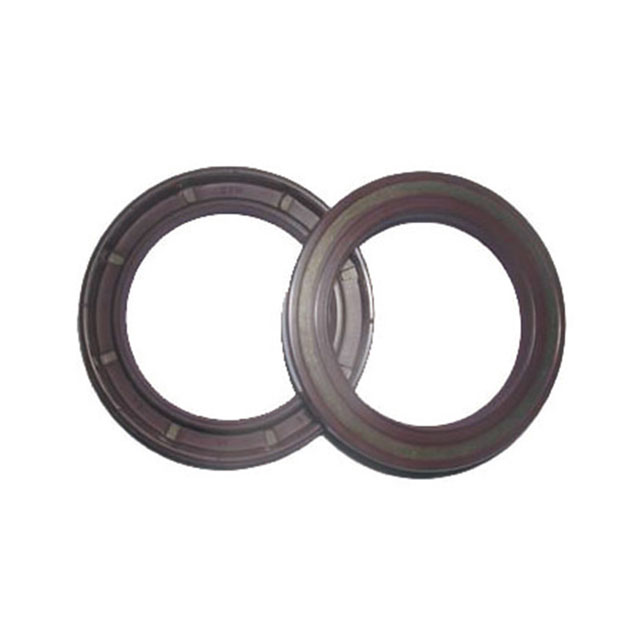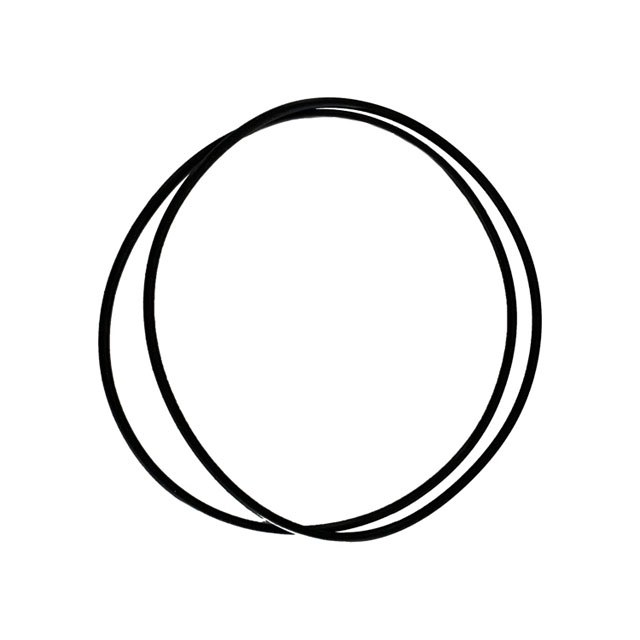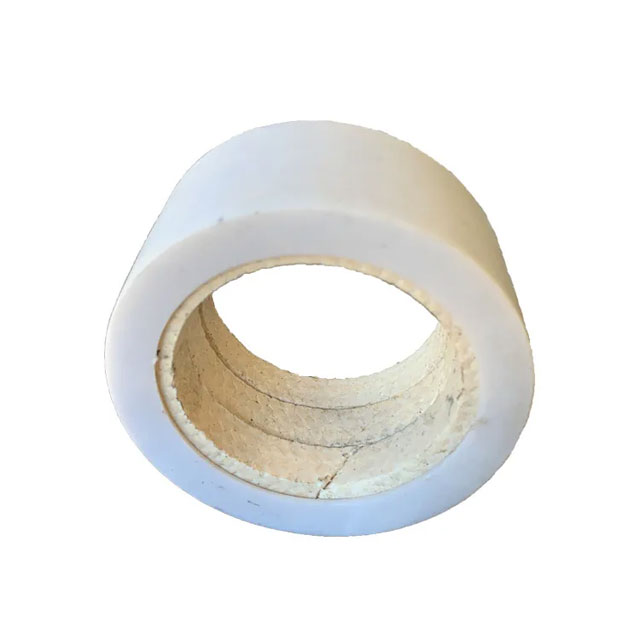WhatsApp: 86-13735815206 / 86-17392256505
WeChat: 86-13735815206 / 86-17392256505
Phone: 86-29-88680837
Mail: sales@hlsolidscontrol.com
Add: Room 804, Building 1, Western Cloud Valley Phase II, Fengxi New Town, Xixian New District, Shaanxi Province
WeChat: 86-13735815206 / 86-17392256505
Phone: 86-29-88680837
Mail: sales@hlsolidscontrol.com
Add: Room 804, Building 1, Western Cloud Valley Phase II, Fengxi New Town, Xixian New District, Shaanxi Province
Mud pump daily maintenance list
Time: 2024-05-31 Source: Solids Control Equipment Author: Mrek
Mud pump is a reciprocating plunger pump that can compress mud into high-pressure mud and transport it to the bottom of the well. The drilling fluid is used to cool the drill bit and flush the bottom of the well. Under the pressure of the mud pump, the drilling cuttings at the bottom of the well are transported to the ground through the mud. The mud carrying the drilling cuttings will be purified and cooled by the solid control equipment and will be circulated again through the mud pump. Therefore, the mud pump is often called one of the most important equipment for oil drilling operations.
The working principle of the mud pump is divided into two processes: suction and discharge. In the specific naming, the mud pump is usually divided into two parts: the hydraulic end and the power end. The power end is used to transmit power and convert the motion mode and speed, and provide power for the hydraulic end; the hydraulic end is used to convert mechanical energy into liquid internal energy to transport mud.
Mud pump daily maintenance list
The working principle of the mud pump is divided into two processes: suction and discharge. In the specific naming, the mud pump is usually divided into two parts: the hydraulic end and the power end. The power end is used to transmit power and convert the motion mode and speed, and provide power for the hydraulic end; the hydraulic end is used to convert mechanical energy into liquid internal energy to transport mud.
Mud pump daily maintenance list
| cycle | Serial number | Daily maintenance content |
| every day | 1 | Check the oil level after stopping the pump. If the oil level is too low, add it to the required height. |
| every day | 2 | Check whether the lubricating oil pump pressure gauge reading is normal. If the pressure is too low, check the cause in time. |
| every day | 3 | Check whether the pressure of the suction air bag is normal |
| every day | 4 | The cooling lubricant in the spray pump water tank should be filled up when it is insufficient and replaced when it deteriorates. |
| every day | 5 | Check the cylinder frame cavity. If there is a lot of mud or oil deposits, clean it up. |
| every day | 6 | Check the cylinder head every 4 hours to see if it is loose, and apply grease to the threads when tightening. |
| every day | 7 | Check whether the piston and cylinder sleeve have puncture leakage. If serious, they should be replaced. |
| every day | 8 | Loosen the piston rod clamp once a day, turn the piston rod a quarter turn and then tighten the clamp. |
| every day | 9 | Check the valve cover every 4 hours to see if it is loose, and apply lubricating oil to the threads when tightening |
| every day | 10 | Check whether the safety valve is reliable |
| every day | 11 | When the pump is stopped, check whether the pre-charge pressure of the exhaust air bag is normal. |
| every day | 12 | Observe the alarm hole. If mud is discharged, the corresponding sealing ring should be replaced in time (3 places in total) |
| weekly | 13 | Remove the valve cover, remove the dirt, and apply molybdenum disulfide complex calcium-based grease. |
| weekly | 14 | Check the inner sleeve of the valve guide. If the wear exceeds the requirement, it needs to be replaced. |
| weekly | 15 | Check the suction and discharge valve bodies, valve seats, and valve rubbers. Any damaged ones need to be replaced. |
| weekly | 16 | Check whether the piston locking nut is corroded or damaged. If damaged, replace it (usually three times) |
| weekly | 17 | Check whether the lubrication system filter is blocked. If blocked, clean it. |
| weekly | 18 | Unscrew the plug on the drain flange to drain the dirt and water accumulated in the oil pool. |
| per month | 19 | Check whether the bolts at the hydraulic end are loose or damaged. If so, tighten or replace them as required. |
| per month | 20 | Check the seal ring in the packing box. If it is worn, replace it at least once every three months. |
| per month | 21 | Check whether the filter cartridge in the discharge pipe is blocked by mud, etc. If blocked, clean it. |
| per month | 22 | Replace and clean the dirty oil in the power end oil pool and crosshead oil tank every six months. |
| Per year | 23 | Check the wear of the cross surface. If necessary, rotate the cross head 180° before using it. |
| Per year | 24 | Check whether the guide plate is loose and whether the crosshead clearance meets the requirements. Otherwise, check and adjust. |
| Per year | 25 | Check the pinion shaft and crankshaft tooth surface wear, adjust the surface if necessary. |
| Per year | 26 | Check whether the pinion shaft and crankshaft assembly are intact. If there are any abnormalities, take measures. |
| Per year | 27 | Check the bearings at the power end for damage. If damaged, replace them. |
| Per year | 28 | Check the seals of the rear cover, crankshaft end cover, etc. If they do not provide a good sealing effect, they should be replaced. |



